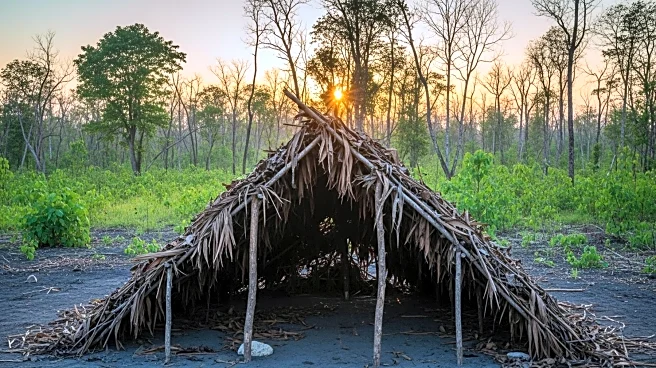What's Happening?
A new study explores how prehistoric humans managed to survive the Toba supereruption, one of the largest volcanic events in the past 2.5 million years. The eruption, which occurred 74,000 years ago, released massive amounts of volcanic ash into the atmosphere, potentially causing global cooling and environmental challenges. Despite these conditions, archaeological evidence suggests that human populations in regions like South Africa and Ethiopia not only survived but thrived, adapting to the changing environment.
Why It's Important?
Understanding how early humans survived such catastrophic events provides insights into human resilience and adaptability. This knowledge can inform current strategies for dealing with natural disasters and climate change. The study also challenges previous theories about the impact of the Toba eruption on human populations, suggesting that humans were more adaptable than previously thought.
What's Next?
Further research may focus on uncovering more archaeological evidence to better understand the survival strategies of prehistoric humans. Scientists may also explore the genetic and cultural adaptations that enabled human populations to thrive in the aftermath of the eruption. These findings could contribute to broader discussions on human evolution and resilience.












